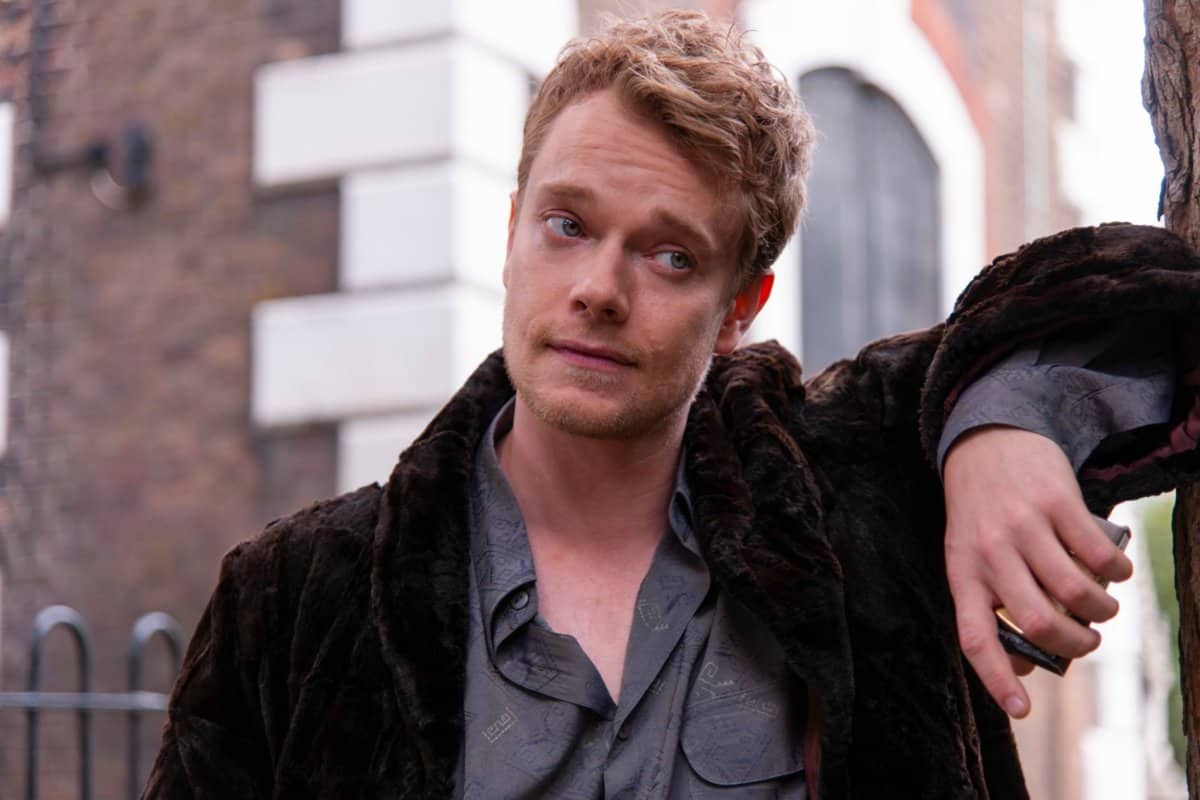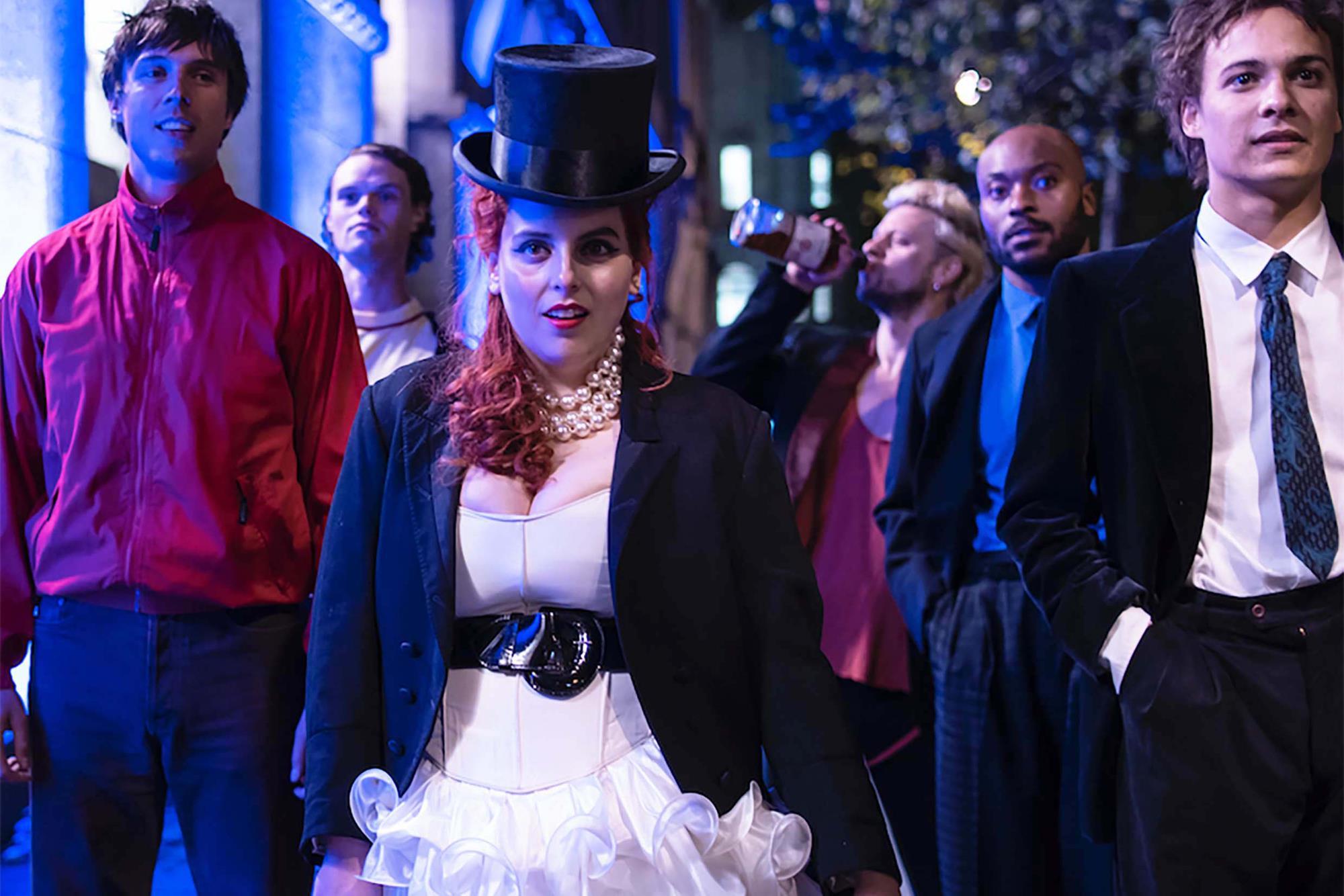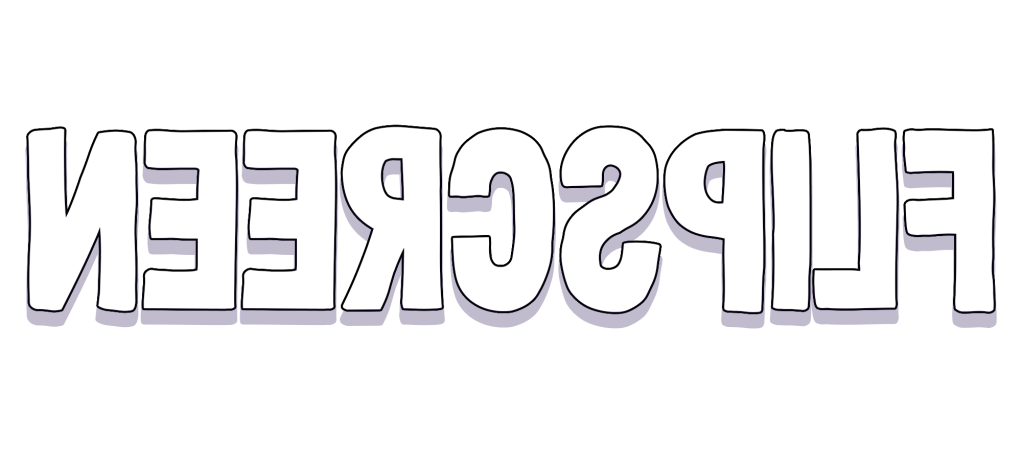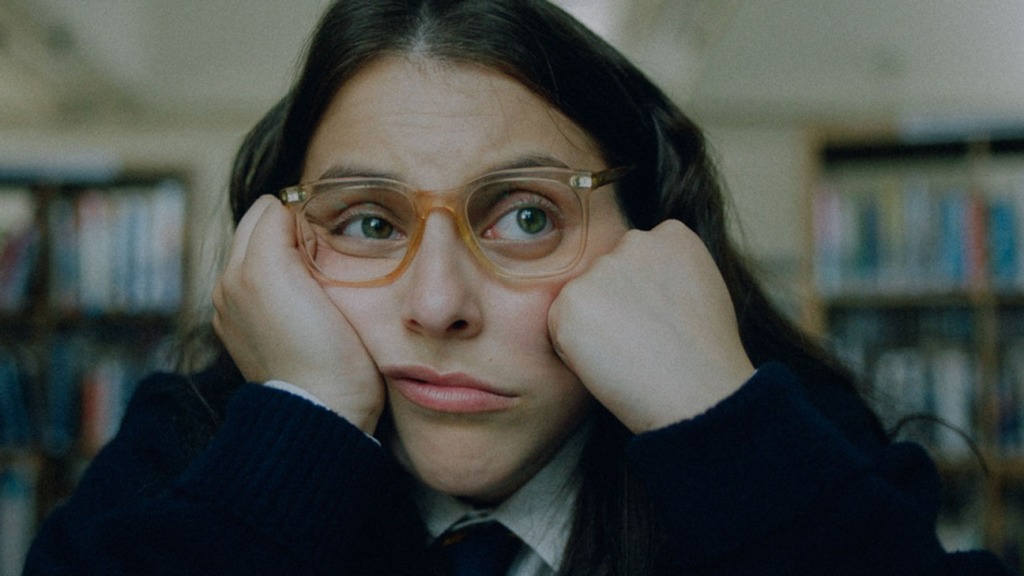“Rather than escaping from who we are, we should be embracing it instead“
Being a teenage girl is truly terrifying. For Johanna Morrigan (Beanie Feldstein), school mostly consists of being chased home by bullies that throw feminist literature at her head, daydreaming about hot boys, and watching the ‘cool kids’ through a grimy corridor window. Her ambition is evident; her talent waits to be released from the bounds of her school shirt and tie.
“I have a rich internal life”, Johanna remarks to her English teacher, when being told off for handing in the equivalent of ‘War & Peace’ instead of the 500 word essay that was required. It’s a good job that her inner life is so full, given that her external one is so overwhelming. Living in Wolverhampton with a grand total of four brothers, a kindly rockstar-wannabe Dad (the brilliant Paddy Considine) and a Mum (Sarah Solemani) who can barely stop breastfeeding long enough to say a full sentence to her, Johanna dreams of becoming a writer as a way of bettering herself.
After a humiliating poetry reading on live local television, Johanna’s life begins to look up when she lands a gig as the newest rock critic at DNME, and begins to make a name for herself. As she starts writing regularly under the pseudonym ‘Dolly Wilde’, she gains popularity at school as well as landing an interview with the intensely charming musician, John Kite (Alfie Allen). Unfortunately, as her profile grows, so does her ego. Eventually, she has to decide between who she’s become as the writer, Dolly Wilde, and who she really wants to be as Johanna.

Based on her 2014 semi-autobiographical novel of the same name, and with her penning the adaptation for the screen, Caitlin Moran’s distinctive voice is weaved through every second of How to Build a Girl. Johanna’s opening and closing monologues are particularly effective in expressing the crudeness, warmth and empathy of Moran’s writing style. Every character gets this treatment of being Moran-ified to the maximum, delivering hilariously funny one-liners and gut-wrenching glimmers of emotion in equal measure. The film feels at times like a live action embodiment of Moran’s open letter to teenage girls, which speaks so exquisitely to the particular pain and pressure that comes with being a young woman.
The hyperbolic nature of the script is extended into the general tone of the film through the depictions of just what makes Johanna’s internal life so rich. Her imagination runs wild, making the world around her interactive for both herself and the viewer; the most notable example is how the people she sees in adverts at bus stops or the portraits pinned into on her wall come to life. There’s much fun to be had spotting the vast number of cameos that surround Johanna in this capacity: Lily Allen as Elizabeth Taylor, Gemma Arterton as Maria von Trapp and Michael Sheen as Sigmund Freud, to name just a few. This extensive list of supporting actors only serves to compound the surreal and whimsical tone that comes from hearing Johanna’s inner voice.
Much as Caitlin Moran’s body of work is bathed in unflinching honesty regarding the experience of femininity and womanhood, and so too is How to Build A Girl. Periods, wanking, and the transformative power of a red hair dye are all on the agenda, as well as Johanna’s rambunctious sexual awakening.The latter is a plot point treated more casually in this film than in almost any other female coming-of-age, and it is a nice reminder that a woman’s identity can add up to more than the circumstances in which she popped her cherry.

Following on from Lady Bird and Booksmart, this role is the latest in a series of stellar choices from Beanie Feldstein. With Johanna, Feldstein continues to add to her collection of complex, three-dimensional characters that have provided such valuable representation for plus sized women in recent years, and she is also given more room to shine this time as Johanna, the solo protagonist. Feldstein’s comedic talent, fizzingly positive energy and unrelenting likeability are as present as ever, but an otherwise wonderful performance is massively undercut by her attempt at a Wolverhampton accent. Almost there on occasion but mostly excruciating to watch, it’s even enough to take you out of the film at times – though given what a tricky twang it must be for an American to master, you’re inclined to forgive her.
Accent troubles – though it should be noted that Alfie Allen’s Welsh is flawless – aren’t the only thorns in How To Build A Girl’s side. Whilst the tone is mostly weird but wonderful, it sometimes verges on wearing. Furthermore, how Johanna could have such a seemingly easy ride to writing success is unfathomable. A pivotal moment involving self harm is a whiplash-inducing shift in mood that is unearned in its impact, and though treated intentionally with a very specifically British kind of dark humour, it mostly comes across as insensitive. Despite its flaws, there’s enough zingers and laughs throughout to keep you entertained, with true heart and soul buried amongst them to keep you emotionally invested as well.
So much of Johanna’s story in How To Build A Girl is about escape: escaping from poverty, from her hometown, from her crowded life. Ultimately, through her invention of her journalist alter ego Dolly, she attempts to escape from herself and build herself into someone new, as so many of us do whilst enduring the hellscape of teenage girlhood. Though the film shows it in a fairly predictable and conventional way, what’s most comforting about How To Build A Girl is the idea that rather than escaping from who we are, we should be embracing it instead.
Dir: Coky Giedroyc
Script: Caitlin Moran, John Niven
Cast: Beanie Feldstein, Alfie Allen, Paddy Considine
Images from: Film Stories / Screen Daily / Hollywood Reporter


Leave a comment